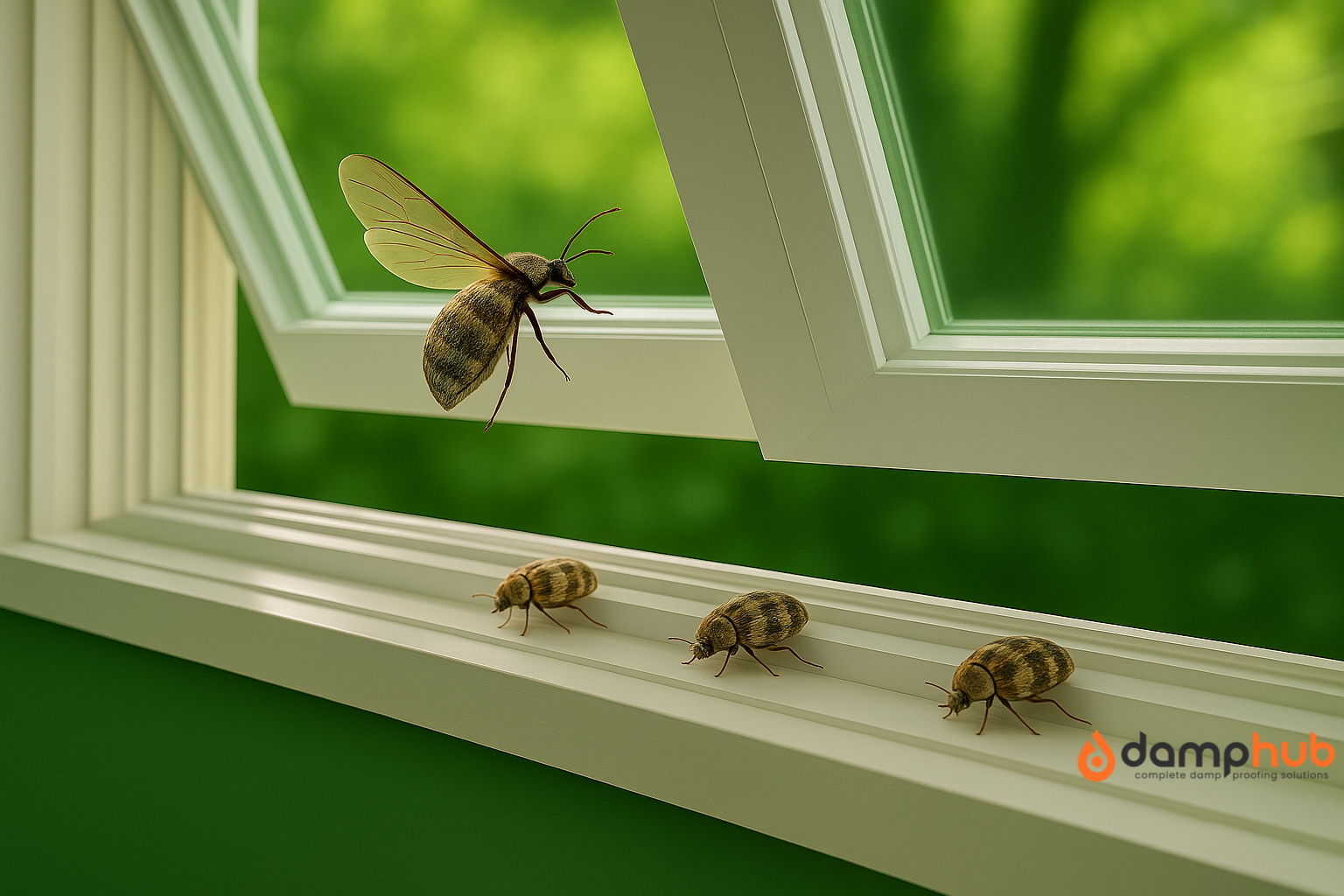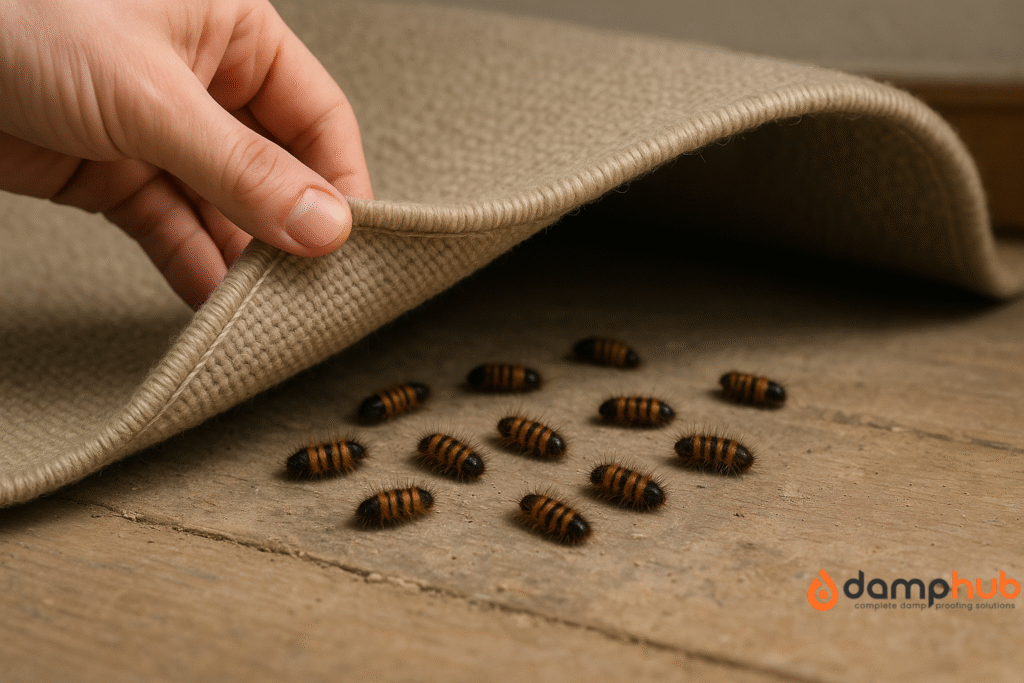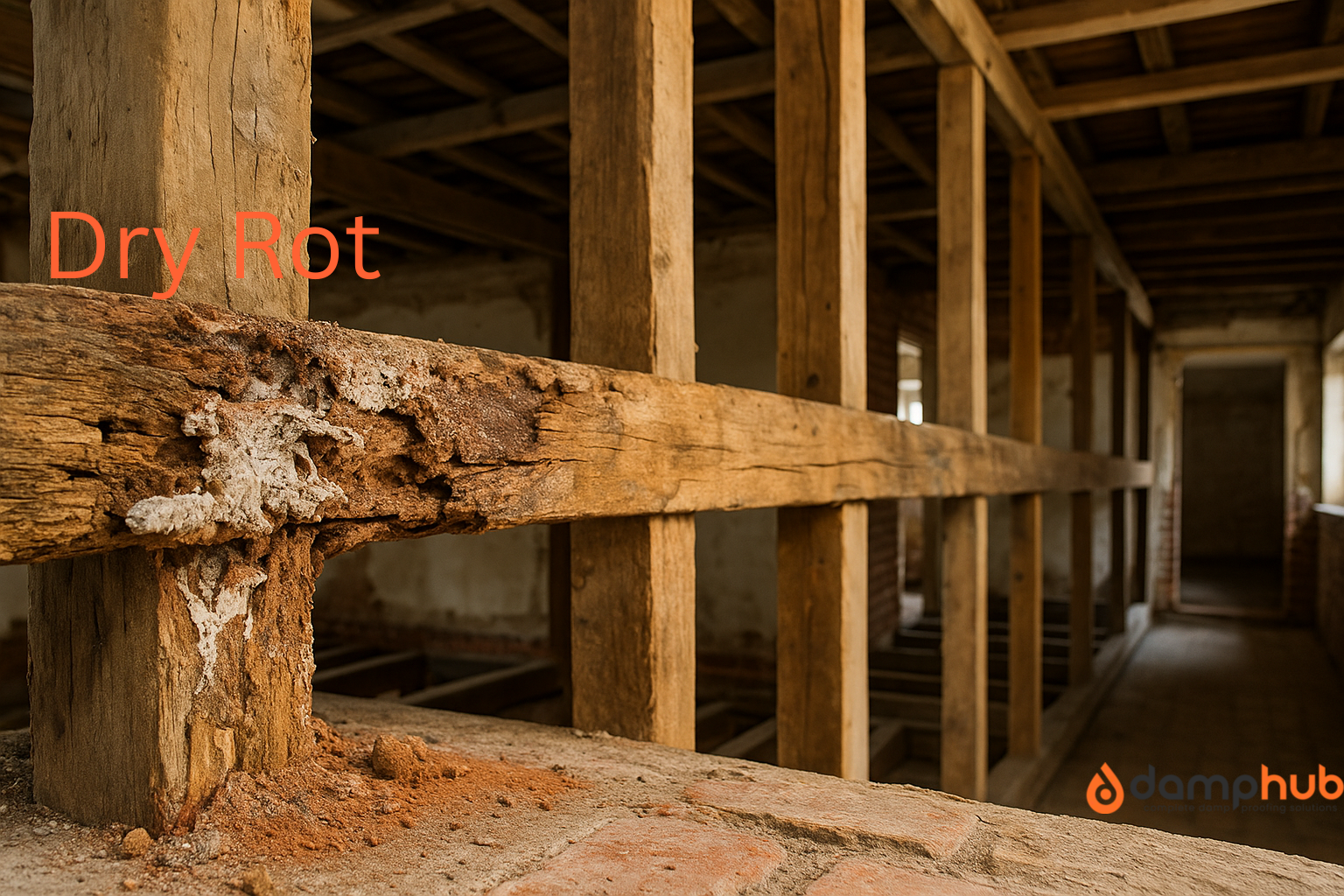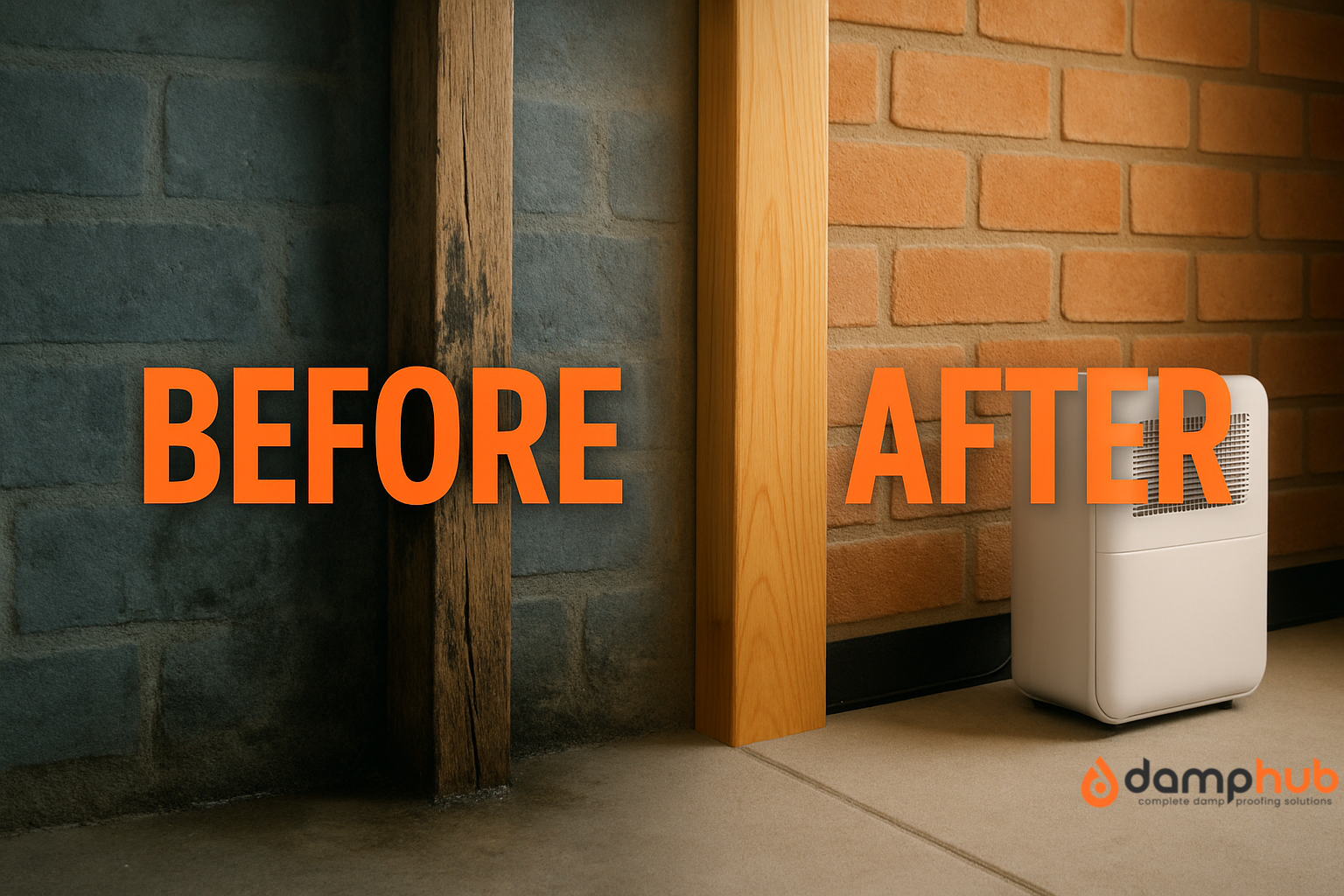
Dealing with carpet beetles can be a real headache for any homeowner. These tiny pests have a knack for infiltrating your living spaces, causing damage to carpets, clothing, and even furniture. If you’ve ever asked, “Where do carpet beetles come from?”, you’re not alone. Understanding their origin and behaviour is the first step toward keeping them out of your home—and protecting your belongings.
In this article, we’ll explore everything you need to know about:
- Where do carpet beetles come from before getting inside
- What attracts them into your home,
- where they like to live indoors, and
- The best ways to defend your space against carpet beetles.
But first, make sure you read our other helpful guide: Carpet Beetles In The UK: Identification, Prevention & Treatment Guide
What Attracts Beetles in Your Home?
Before diving into the origin of carpet beetles, it’s helpful to understand what attracts them, including carpet beetles, inside your home. These insects aren’t just random visitors; they’ve got specific reasons for choosing your living space.
Carpet beetles, in particular, are drawn to things rich in natural fibres, food residues, and places where they can reproduce safely:
- Natural Fibres: Wool, silk, leather, feathers, and other animal-based materials act like a buffet for carpet beetle larvae. They feed on keratin, a protein found in these fibres.
- Food Crumbs: Some carpet beetles can feed on dried plant products as well as pet food, making kitchens and pantries appealing.
- Dark, Undisturbed Areas: Dark closets, under furniture, or rarely used rooms offer carpet beetles a quiet spot to reproduce and thrive.
- Houseplants and Pollen: Adult carpet beetles feed on pollen and nectar, so having flowering plants indoors or near windowsills might be inviting them inside.
- Accumulated Dust and Pet Hair: Even dust bunnies packed with dead skin cells and pet hair serve as a food source for some beetle species.
Simply put, carpet beetles come looking for food and a safe harbour. If your home offers these, they’ll settle in quickly.
Where Do Carpet Beetles Come From (Before Getting Into Your House)?
Knowing where carpet beetles come from before they invade your home can make all the difference in prevention.
- Outdoors in Nature: Carpet beetles are naturally found outdoors, living in gardens, under leaves, in bird nests, and even in animal nests. They flourish in places with plenty of natural debris or dead insects. Adult beetles feed on pollen and nectar, so if you have flowers or shrubs near your house, they may be breeding nearby.
- Bird, Rodent, or Insect Nests: Bird nests in your eaves or attic, or rodent nests in basements or crawl spaces, often contain feathers, fur, and other organic materials carpet beetle larvae love. These nests can act as a bustling source of carpet beetles that might spread into your home.
- Cracks and Openings in Your Home’s Exterior: Adult beetles can squeeze through tiny cracks, gaps around windows or doors, and crawl in through vents. They are small and persistent, so sealing entry points is key. They usually enter when attracted by light or scent.
- Secondhand Items and Infested Goods: Carpet beetles can hitch a ride on used furniture, secondhand clothes, rugs, or even packages delivered to your door. Buying items without inspecting them can sometimes invite these pests home with you.
- Nearby Trees or Flowerbeds: If you have a garden with flowering plants, the nearby vegetation can attract adult carpet beetles, who then find their way inside.
So where do carpet beetles come from? In summary, carpet beetles originate outdoors but find their way indoors through natural entry points, infested items, or by following food sources close to your home.
Where Do Carpet Beetles Live in the House?
Once inside, carpet beetles are surprisingly resourceful in finding cosy corners to settle down and reproduce. Understanding where carpet beetles live in the house helps you target your cleaning and pest control efforts effectively.
- Closets and Wardrobes: Wool coats, scarves, and blankets offer pest larvae plenty of protein-rich fibres to nibble on.
- Under Furniture and Baseboards: Dark, quiet areas near baseboards, under sofas, beds, and dressers are perfect for larvae. They avoid light and human activity.
- Stored Clothing and Fabrics: Infestations often start in items stored away without frequent use, especially if the textiles are natural, such as wool, silk, or feathers.
- Pet Bedding and Animal Hide Decorations: Your pet’s bed or anything made of natural animal parts is a favourite food source.
- Attic or Basement Spaces: These areas tend to be less disturbed and often have old fabrics or insulation that can attract carpet beetles.
- Behind Radiators, Air Vents, or Heating Ducts: These warm spots are another favourite hangout for adult beetles and larvae.
- Carpets and Rugs: Carpet beetles can tunnel through natural fibre carpets, padding, or rugs made of animal fibres. They love undisturbed areas like under beds or furniture.

Carpet beetles establish themselves quietly, making them hard to spot until damage becomes obvious. Regular inspection of these common hiding spots can help catch infestations early.
What Is the Best Defence Against Carpet Beetles?
After answering where do carpet beetles come from, prevention and early action are your best allies. Here are the most effective ways to protect your home and belongings:
- Regular Cleaning and Vacuuming: Carpet beetle larvae thrive in dust, pet hair, and food crumbs. Vacuum carpets, rugs, curtains, and upholstered furniture regularly, paying special attention to corners and under furniture. Don’t forget baseboards and along edges.
- Proper Storage of Clothes and Textiles: Store woollens and other natural fibre clothes in sealed plastic containers or garment bags. Use cedar-lined chests or add mothballs, but be cautious with chemical repellents around children and pets.
- Seal Entry Points: Inspect and repair cracks, gaps, and holes around windows, doors, vents, and the foundation. Use weather stripping or caulk to close off access pathways for beetles.
- Inspect Secondhand or Stored Items: Before bringing used furniture, clothes, or rugs into your home, inspect carefully for signs of infestation. Consider washing or treating textiles.
- Use Insecticides and Treatments as Needed: For existing infestations, targeted carpet beetle sprays or powders specifically made for carpet beetles can be effective. Always follow label instructions carefully and treat hiding spots thoroughly.
- Professional Carpet Beetle Treatment: If infestations persist despite your home efforts, getting professional carpet beetle treatment is often the best solution. Experts can identify the scale of the problem and apply safe, effective treatments that eliminate beetles and larvae in all stages.
- Reduce Outdoor Attractants: Keep bird nests cleared from eaves and maintain your garden plants so as not to invite adult beetles close to your home.
Consistent preventive steps combined with prompt action at the first sign of beetles give you the best defence against these pests.
For a full guide on how to protect your home from carpet beetles, read our full guide on How to Prevent Carpet Beetle Infestation
Where Do Carpet Beetles Come From? Answer to Related Questions

-
Can Any Home Have Carpet Beetles?
Yes, carpet beetles can potentially infest any home. They are common household pests worldwide and can enter homes of all types and ages. Homes with natural fibre textiles, pets, or nearby vegetation are particularly vulnerable.
-
What Can You Spray to Kill Carpet Beetles?
There are several insecticides available designed to kill carpet beetles, including sprays and powders that target larvae and adults. Products containing permethrin or bifenthrin are commonly used. Always choose products labelled for indoor use on carpet beetles and follow the instructions carefully.
-
Do Carpet Beetles Fly Around the House?
Yes, adult carpet beetles can fly. They often enter homes through open windows or doors while flying around in search of pollen or places to lay eggs. Their flying ability makes it easier for them to spread indoors.
-
Does Steaming Clothes Kill Carpet Beetles?
Steaming clothes is an effective way to kill carpet beetle larvae and eggs lodged in fabrics. The high heat penetrates deep into the fibres, destroying pests. Steaming is a safe alternative to chemical treatments, especially on delicate fabrics.
-
What to Do If I Have Carpet Beetles?
Now you are not asking where do carpet beetles come from anymore. You already have them and want to know your option.
If you discover carpet beetles in your home, the first step is to clean thoroughly—vacuum all infested areas and wash any affected textiles in hot water or steam them. Inspect and store clothes properly, seal entry points, and reduce attractants.
For stubborn infestations, it’s wise to get carpet beetle treatment from a professional pest control service, as they have effective tools and knowledge to eradicate the problem and prevent recurrence.
Final Thoughts
Understanding “where do carpet beetles come from” and what attracts them to your home is essential to keeping these pesky insects at bay. They originate outdoors but are drawn inside by food sources and places to hide. By maintaining a clean, well-sealed home and addressing infestations early, you can protect your carpets, clothes, and furniture from damage.
If you suspect an infestation, don’t wait—take action quickly and consider professional help for a thorough solution. With the right defence strategies in place, you can say goodbye to carpet beetles and enjoy a pest-free home.






